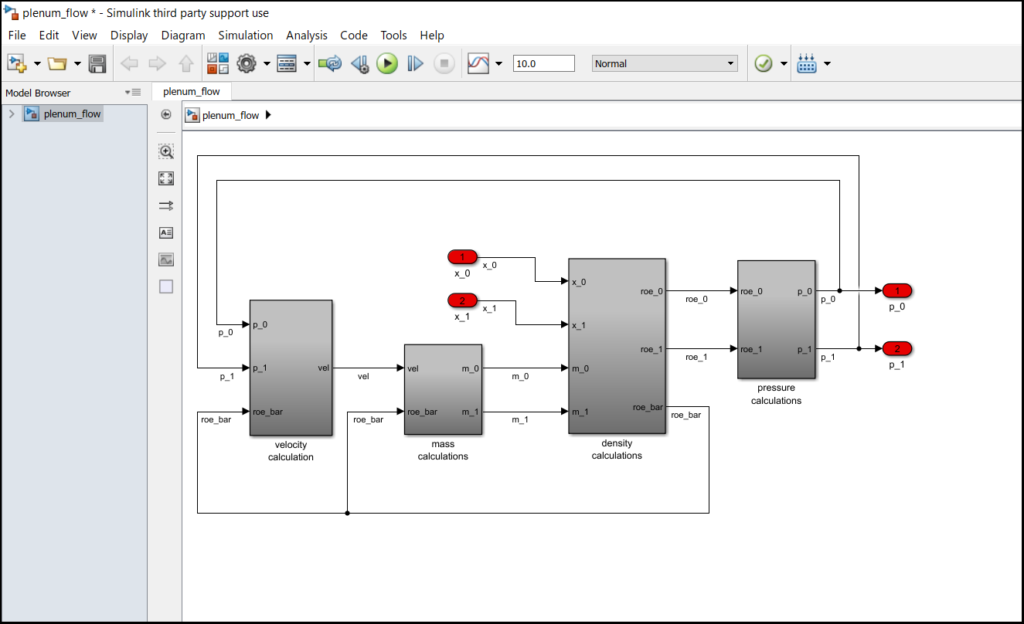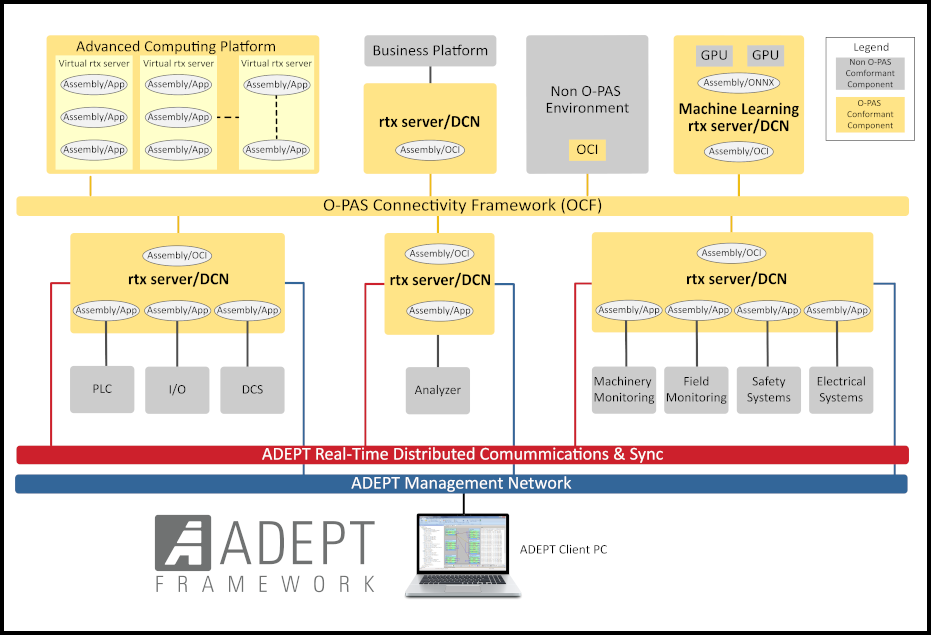In real-time simulation it may sometimes be necessary to advance a data sequence {xn} by a given time interval in order to compensate for a delay of the same time interval which occurs somewhere else in the simulation. For example, it is well known that a D to A (digital-to-analog) converter that employs a zero-order hold introduces an effective delay equal to one-half the time step h associated with the data sequence driving the D to A converter. If left uncompensated, this can introduce a significant dynamic error in a closed-loop, real-time simulation. In this paper we present a number of formulas for calculating an estimated data sequence.
Predictor Methods in Real-Time Simulation PDF (4.7 MB)



